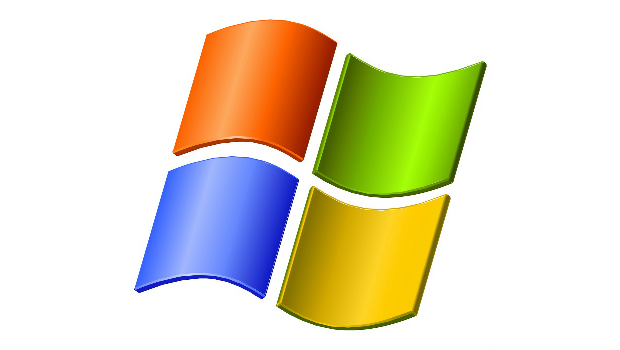Windows XP and Windows 8 returned to their traditional pattern in March, with the soon-to-be-retired XP losing the most user share since December while Windows 8 gained ground.
March’s trends were good news for Microsoft, which has been urging customers to forsake Windows XP before it falls off the support list in a week’s time, and replace their ageing PCs with a new system running Windows 8.1.
According to Web analytics vendor Net Applications, Windows XP dropped 1.8 percentage points in ‘user share,’ an estimate of the fraction of the world’s computer owners that run a specific operating system, to end March with 27.7% of all desktop and notebook computers. In the two months prior, XP swam against the stream, gaining more than half a point.
The March slide in XP’s user share was its largest decline since December 2013, when the 13-year-old operating system lost 2.2 percentage points.
Windows XP accounted for about 30.5% of all Windows-powered PCs last month. The difference between the statistics for all personal computers and only those running Windows was due to the latter powering approximately 91% of all notebook and desktop machines.
Microsoft will provide the final public patches for known vulnerabilities in XP next Tuesday, 8 April. After that, customers will face an increasingly dangerous future where cyber criminals dig up new vulnerabilities – perhaps by examining fixes for still-supported editions, such as Windows 7 – and unleash exploits on people who still rely on the retired OS.
To entice customers to leave XP behind, Microsoft has asked more technically-astute users to help friends and family upgrade or select a new PC – a move that those very same users mocked – and offered small incentives, such as discounts on more expensive systems, in an effort to cut XP’s user share.
The company’s security experts have also weighed in, most recently telling customers that the most popular PC tasks – browsing the Web and opening e-mail – will put them in the crosshairs of cyber criminals if they continue to use XP.
With so many of the world’s PCs still running XP just days before patches stop, Microsoft faces a potential public relations problem if, as virtually everyone expects, widespread attacks emerge. That could damage the brand’s reputation.
Long-term
Windows XP’s long-term decline, interrupted for two months, resumed in March as its user share of all personal computers dropped under 28% according to Net Applications.
As XP’s user share fell last month, the combination of Windows 8 and Windows 8.1 gained six-tenths of a percentage point to end March with 11.3% of all personal computers, or 12.4% of only those running Windows. Windows 8’s increase was also its largest since December.
Of the combined user share of both editions, the newer Windows 8.1, which will likely receive a feature update this week or next, accounted for 43% of the total, a three-point increase over the month before.
The adoption of Windows 8 and 8.1 continued to lag far behind that of Windows 7 at the same point in the latter’s uptake cycle. Seventeen months after Windows 7’s debut, it powered 27% of all Windows machines, more than double Windows 8 and 8.1 combined.
And while Windows 8 remained ahead of Windows Vista’s pace, the gap between the two continued to narrow last month, with the former now just seven-tenths of a percentage point higher than the latter. In February, the difference was 1.1 points.
Not surprisingly, Windows 7 gained more ground at XP’s expense than did Windows 8/8.1, increasing its user share by 1.5 percentage points to end March with a 48.8% share of all personal computers, and a 53.6% share of only the ones running Windows of one stripe or another.
Most analysts who track Microsoft and its operating systems expect that Windows 7 will remain the standard, particularly in businesses, for years to come. Windows 7 won’t retire until January 2020.
Net Applications measures operating system user share by tracking unique visitors to approximately 40,000 sites that rely on its metrics software.
Its figures typically differ from those rival StatCounter generates because the two measure differently. StatCounter tallies ‘usage share’ by counting page views to show how active users of each OS are on the Web.
StatCounter’s Windows 8 and Windows 8.1 usage share of all desktop PCs totaled 12.3% in February, higher than Net Applications’ number. And the Irish metrics firm pegged Windows XP at just 18.6% and Windows 7 at 54.7%, lower and higher, respectively.
Gregg Keizer, Computerworld
@gkeizer gkeizer@computerworld.com







Subscribers 0
Fans 0
Followers 0
Followers